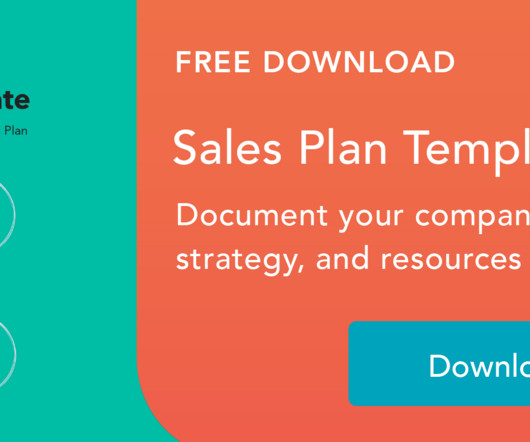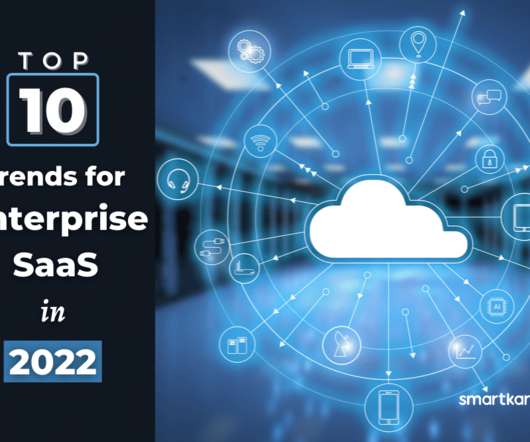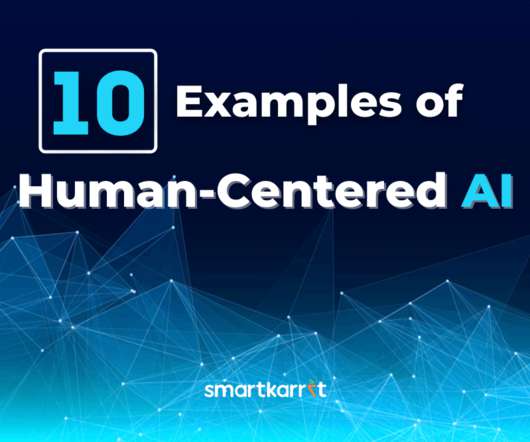3 Key Risks for IoMT Product Development
Planview
OCTOBER 11, 2022
Driven by accelerating technology, the Internet of Medical Things (IoMT) creates an ever-growing network of medical devices and applications that transform patient care and significantly decrease the burden on healthcare systems. But more importantly, they need to prioritize patient safety, regulatory compliance, and speed-to-market.












Let's personalize your content